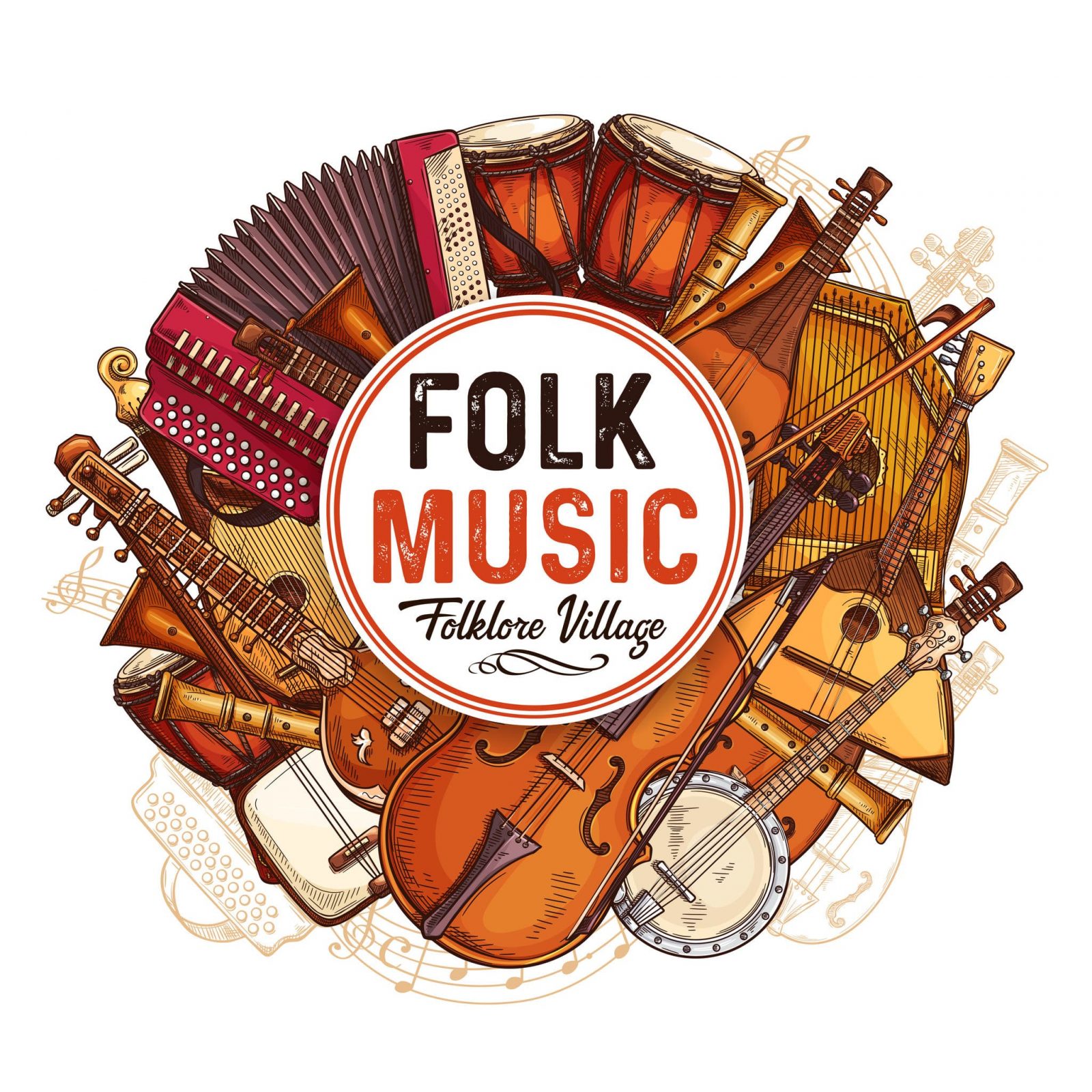- Get link
- X
- Other Apps
Folk music, with its roots deeply embedded in cultural traditions and storytelling, is a genre that has captivated audiences for centuries. It is a music of the people, often passed down through generations, reflecting the history, values, and experiences of communities around the world. In this article, we will explore the origins, characteristics, and significance of folk music, as well as some notable examples of folk music from various cultures.
Folk music has its origins in the oral traditions of ancient civilizations, where songs and stories were passed down from one generation to the next. It is deeply connected to the everyday lives of ordinary people, often depicting their struggles, joys, and the universal human experience. Folk music typically features acoustic instruments such as guitar, banjo, fiddle, and various percussion instruments, and it is characterized by its simplicity and emphasis on lyrics.
One of the defining characteristics of folk music is its storytelling nature. Folk songs often narrate tales of love, loss, heroism, and social issues, providing a window into the cultural and historical context of the communities they represent. These songs serve as a means of preserving and transmitting cultural heritage, capturing the essence of a particular time and place.
Folk music varies greatly across different regions and cultures, each with its unique sound and style. For example, in American folk music, artists like Woody Guthrie and Pete Seeger used their music as a means of social commentary, addressing issues of social justice and inequality. Their songs, such as "This Land Is Your Land" and "We Shall Overcome," became anthems for the civil rights and labor movements.
In Ireland, traditional Irish folk music showcases lively fiddle tunes, rhythmic guitar accompaniment, and heartfelt vocals. Songs like "The Parting Glass" and "The Wild Rover" are beloved classics that have been passed down through generations, embodying the spirit of Irish culture and identity.
In the United Kingdom, folk music has a rich history, with artists like Bob Dylan and Joan Baez leading the folk revival movement of the 1960s. Their songs, such as "Blowin' in the Wind" and "Diamonds & Rust," brought folk music into the mainstream and influenced generations of musicians.
In Latin America, folk music is deeply intertwined with indigenous traditions and cultural heritage. Artists like Violeta Parra from Chile and Mercedes Sosa from Argentina used their music to express political and social issues, giving voice to the marginalized and oppressed. Their songs, such as "Gracias a la Vida" and "Alfonsina y el Mar," are timeless treasures that continue to resonate with audiences today.
In India, folk music is incredibly diverse, with each region boasting its unique styles and instruments. Baul music from Bengal, Rajasthani folk music, and Punjabi folk music are just a few examples of the rich tapestry of Indian folk music. These songs celebrate love, spirituality, and the joys and struggles of everyday life.
Folk music has also found its place in contemporary music, with artists like Mumford & Sons and The Lumineers infusing their music with folk-inspired sounds. These modern interpretations keep the spirit of folk music alive while bringing it to new audiences.
The significance of folk music lies in its ability to connect people, bridge cultural gaps, and preserve cultural heritage. It serves as a testament to the shared experiences and emotions that transcend time and borders. Folk music is a reminder of our roots, providing a sense of identity, community, and belonging.
In conclusion, folk music is a genre that encompasses a rich tapestry of stories, traditions, and cultural expressions. It reflects the diverse experiences and identities of communities around the world, bringing people together through its universal themes and melodies. Whether through heartfelt ballads, lively dance tunes, or poignant social commentaries, folk music continues to resonate with audiences, carrying on the legacy of the past while evolving with the present. It is a testament to the power of music to preserve history, convey emotions, and celebrate the beauty of the human experience.
- Get link
- X
- Other Apps

Comments
Post a Comment